Diversify Into Safe-Haven Assets Like Gold and Silver

When recession fears grip the markets, precious metals have historically served as reliable shelters for worried investors. Gold prices surged over 25% during the 2008 financial crisis, and silver followed suit with impressive gains throughout that turbulent period. The World Gold Council reported that central banks added 1,037 tonnes of gold to their reserves in 2023, marking the second-highest annual purchase on record. Physical gold and silver offer protection against currency devaluation and inflation, which often accompany economic downturns. Consider allocating 5-10% of your portfolio to precious metals through ETFs like SPDR Gold Trust (GLD) or physical bullion storage.
Build a Cash Cushion in High-Yield Savings Accounts
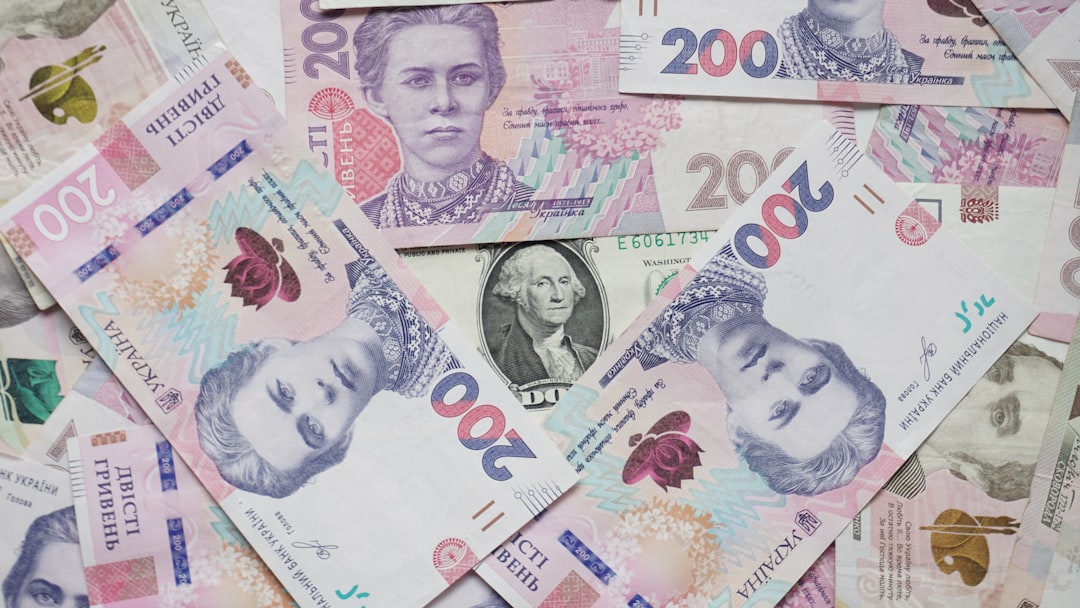
Cash might seem boring, but it becomes king during market chaos when everything else is falling apart. High-yield savings accounts now offer rates above 4.5% as of late 2024, thanks to persistent Federal Reserve interest rate policies. This beats keeping money in traditional checking accounts that pay practically nothing while still maintaining liquidity for emergencies. The FDIC insures deposits up to $250,000 per account, making these accounts virtually risk-free for most savers. Financial experts recommend maintaining 6-12 months of expenses in cash during uncertain economic times, giving you flexibility to weather job losses or investment downturns.
Invest in Defensive Dividend-Paying Stocks
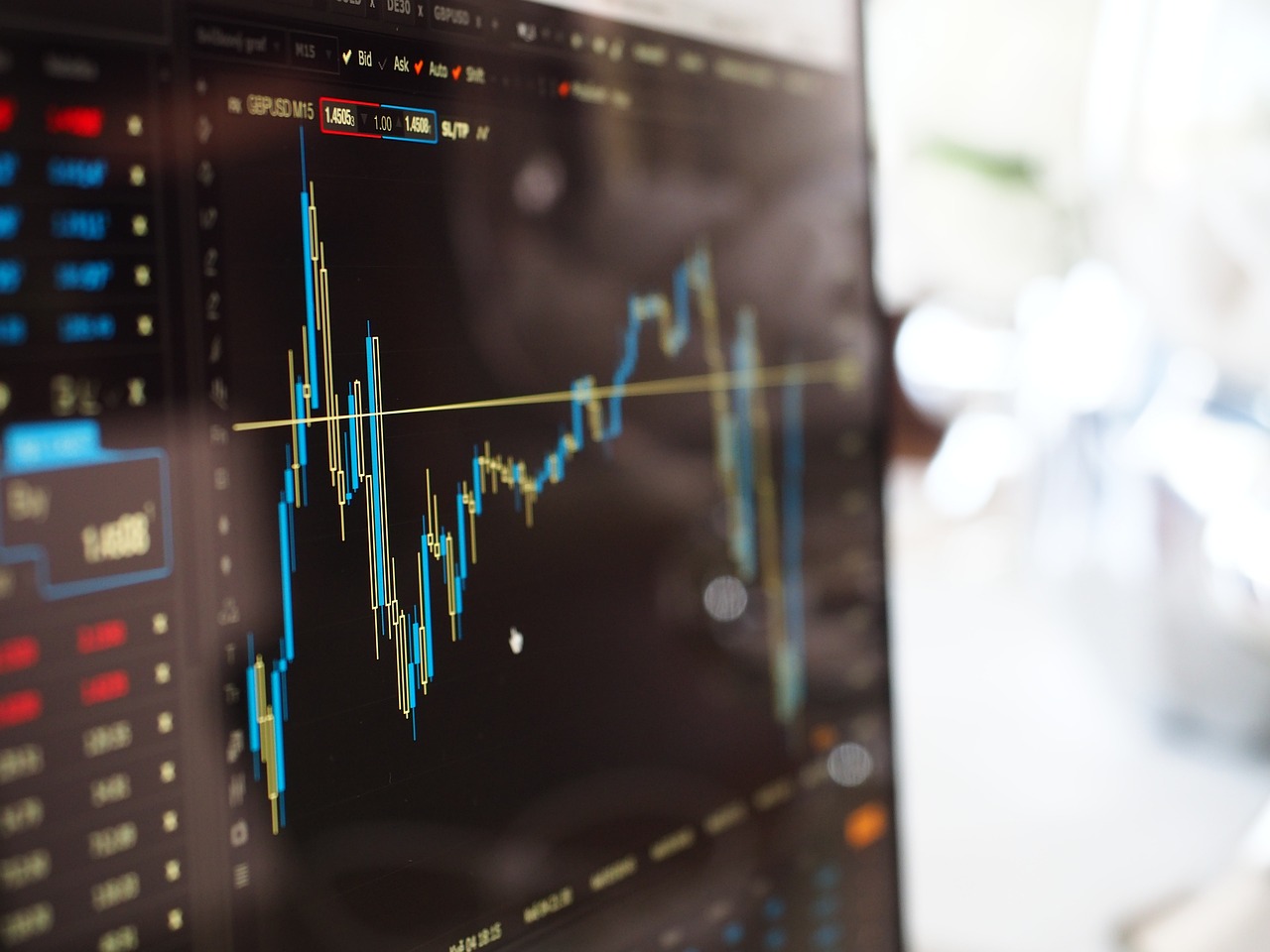
Companies that provide essential services tend to maintain steady revenues even when consumers tighten their belts during recessions. Utility companies, healthcare providers, and consumer staples like Procter & Gamble have historically continued paying dividends throughout economic downturns. During the 2020 pandemic recession, dividend-focused ETFs like the Vanguard Dividend Appreciation ETF (VIG) recovered faster than growth-focused funds. These defensive stocks act like financial fortresses, providing both income and relative stability when growth stocks get hammered. Look for companies with strong balance sheets, low debt levels, and dividend payout ratios below 60% to ensure sustainability.
Consider Treasury Bonds and TIPS for Capital Preservation
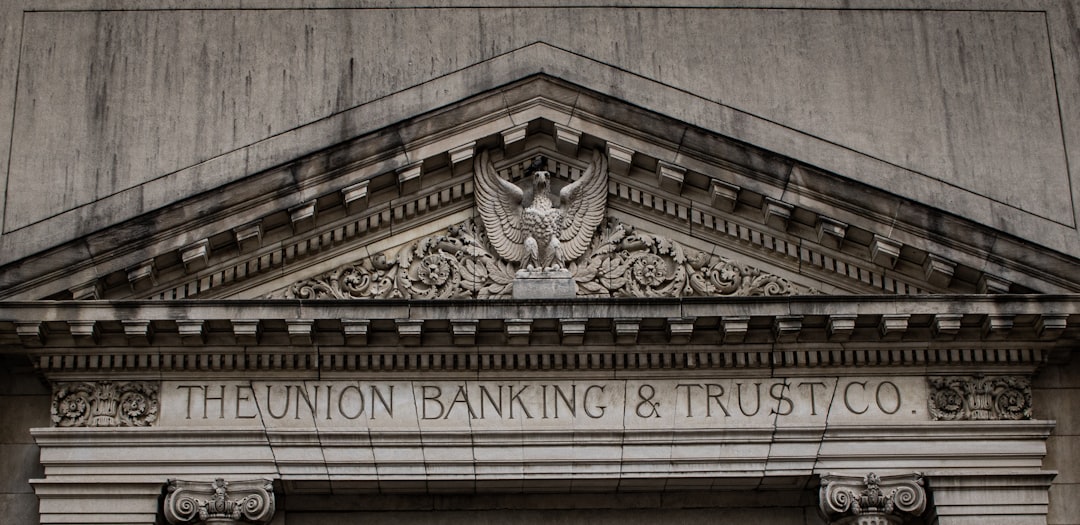
U.S. Treasury bonds represent the ultimate safe haven when global markets turn turbulent, backed by the full faith and credit of the American government. Treasury Inflation-Protected Securities (TIPS) offer additional protection by adjusting their principal value based on inflation rates, which can spike during economic uncertainty. The 10-year Treasury yield has fluctuated significantly in recent years, reaching over 5% in late 2023 before moderating in 2024 as recession fears mounted. These bonds provide guaranteed returns and can actually increase in value when stock markets crash, as investors flee to safety. A ladder of Treasury bonds with different maturity dates can provide steady income while preserving capital during volatile periods.
Reduce Exposure to Cyclical and Growth Stocks
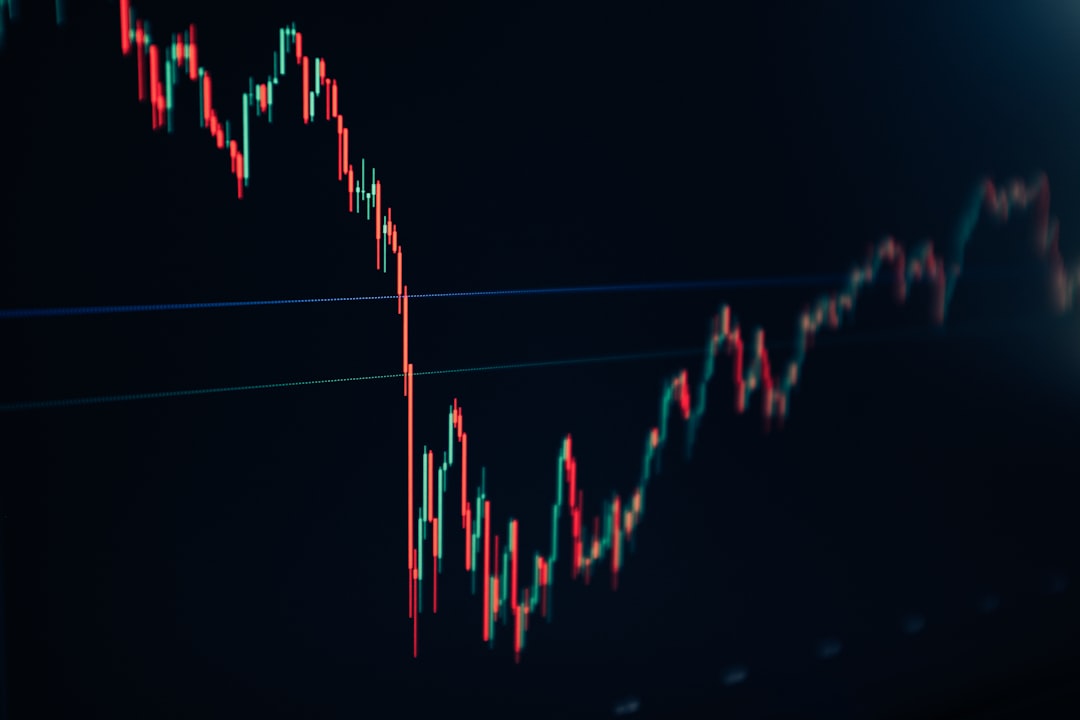
Technology stocks and other growth-oriented investments often suffer the most brutal beatings during recessions as investors abandon risky assets. The NASDAQ fell over 75% during the dot-com crash and dropped more than 30% during the 2022 bear market as recession fears intensified. Cyclical stocks like automobiles, airlines, and luxury goods companies see their earnings collapse when consumers cut spending on non-essential items. Consider reducing positions in high-multiple growth stocks and cyclical industries before recession warnings become reality. This doesn’t mean avoiding these sectors entirely, but rather reducing your exposure to limit potential losses during the worst periods.
Explore Real Estate Investment Trusts (REITs) Carefully

Real estate can serve as an inflation hedge and income generator, but not all REITs perform equally during recessions. Residential REITs focusing on essential housing often maintain better stability than commercial or retail property trusts during economic downturns. The Residential REIT sector showed resilience during the 2020 crisis, while retail REITs struggled with tenant bankruptcies and reduced foot traffic. Data centers, cell towers, and industrial warehouse REITs have demonstrated strong performance in recent years due to e-commerce and digital transformation trends. Choose REITs with strong balance sheets, low vacancy rates, and exposure to recession-resistant property types rather than speculative or luxury real estate.
Maintain Employment Income Through Skill Development

Your job represents your most important asset during economic uncertainty, making career protection crucial for financial survival. The Bureau of Labor Statistics reported that unemployment peaked at 14.8% during the 2020 recession, though it recovered relatively quickly compared to historical patterns. Industries like healthcare, education, and essential services tend to maintain employment levels better than discretionary sectors during downturns. Continuously updating your skills through online courses, certifications, or additional training makes you more valuable and harder to replace. Building relationships within your industry and maintaining a strong professional network can provide alternative opportunities if layoffs strike your current employer.
Hedge with Inverse ETFs and Put Options

Sophisticated investors can profit from market declines using inverse ETFs that rise when markets fall, though these instruments require careful handling. The ProShares Short S&P 500 ETF (SH) gained over 20% during the 2022 bear market while the S&P 500 declined significantly. Put options provide another hedging strategy, giving you the right to sell stocks at predetermined prices even if they fall below those levels. These hedging strategies can offset losses in your main portfolio, but they require solid understanding of derivatives and timing. Only allocate a small portion of your portfolio to these hedging instruments, as they can lose value quickly if markets recover unexpectedly.
Stockpile Essential Goods and Commodities

Physical commodities like oil, agricultural products, and industrial metals often maintain or increase value during inflationary periods that accompany recessions. The Invesco DB Commodity Index Tracking Fund (DBA) surged over 30% during 2021-2022 as inflation reached multi-decade highs following pandemic-related disruptions. Energy stocks and commodity ETFs can provide portfolio diversification beyond traditional stocks and bonds, though they come with their own volatility risks. Consider modest positions in broad commodity funds rather than betting on individual materials, as predicting specific commodity performance requires specialized knowledge. Basic necessities like food, medicine, and household supplies also represent practical hedges against supply chain disruptions that often worsen during economic crises.
Minimize Debt and Avoid Leveraged Investments
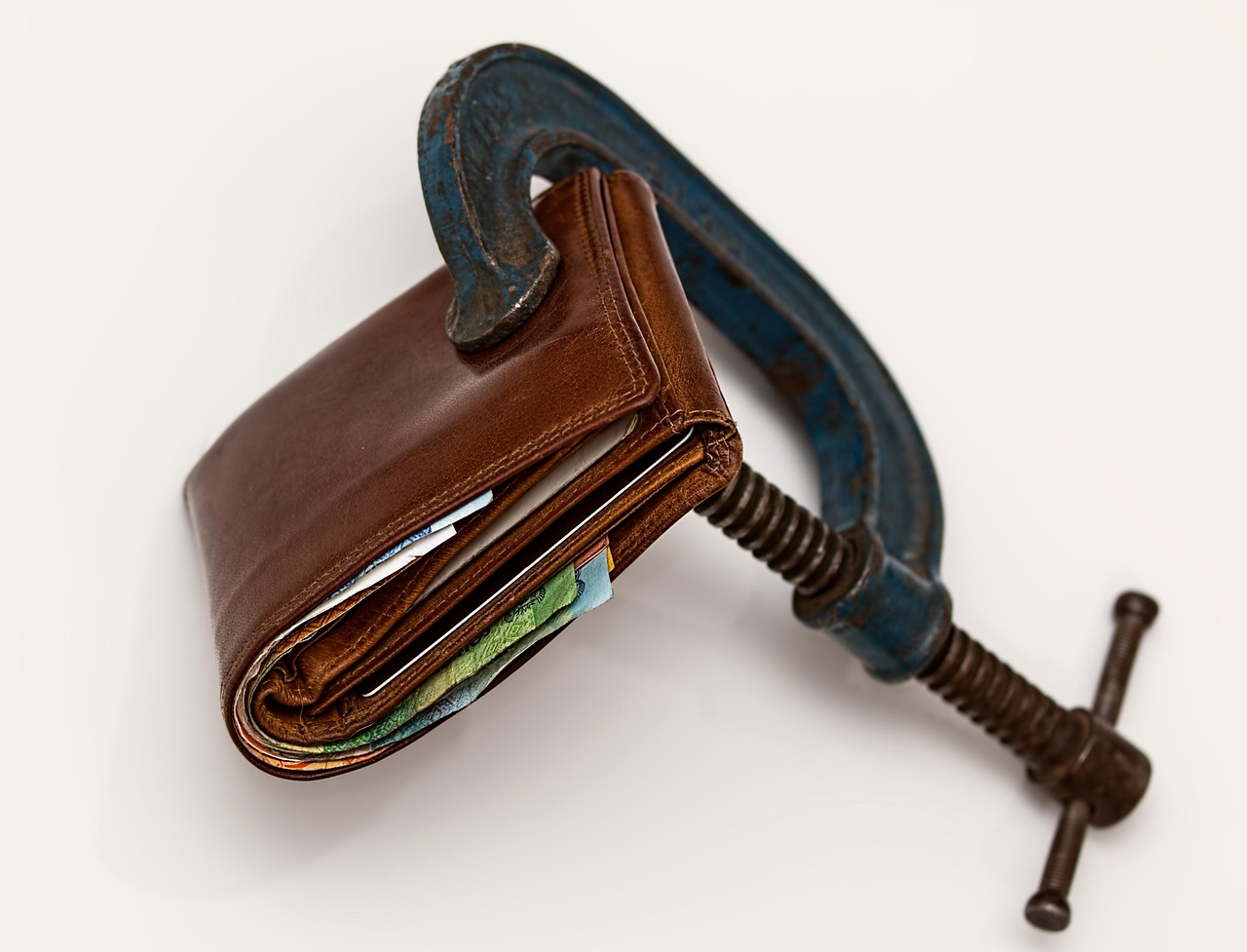
High debt levels can turn manageable financial stress into devastating personal crises when income drops or investment values plummet during recessions. The Federal Reserve’s Survey of Consumer Finances showed that household debt-to-income ratios reached concerning levels in recent years, making many families vulnerable to economic shocks. Credit card interest rates have climbed above 20% for many consumers as the Fed raised rates to combat inflation throughout 2022-2024. Paying down high-interest debt provides guaranteed returns equivalent to those interest rates while reducing financial vulnerability. Avoid margin trading, leveraged ETFs, or other borrowed money strategies that can amplify losses when markets decline.
Prepare for Currency Devaluation with International Assets
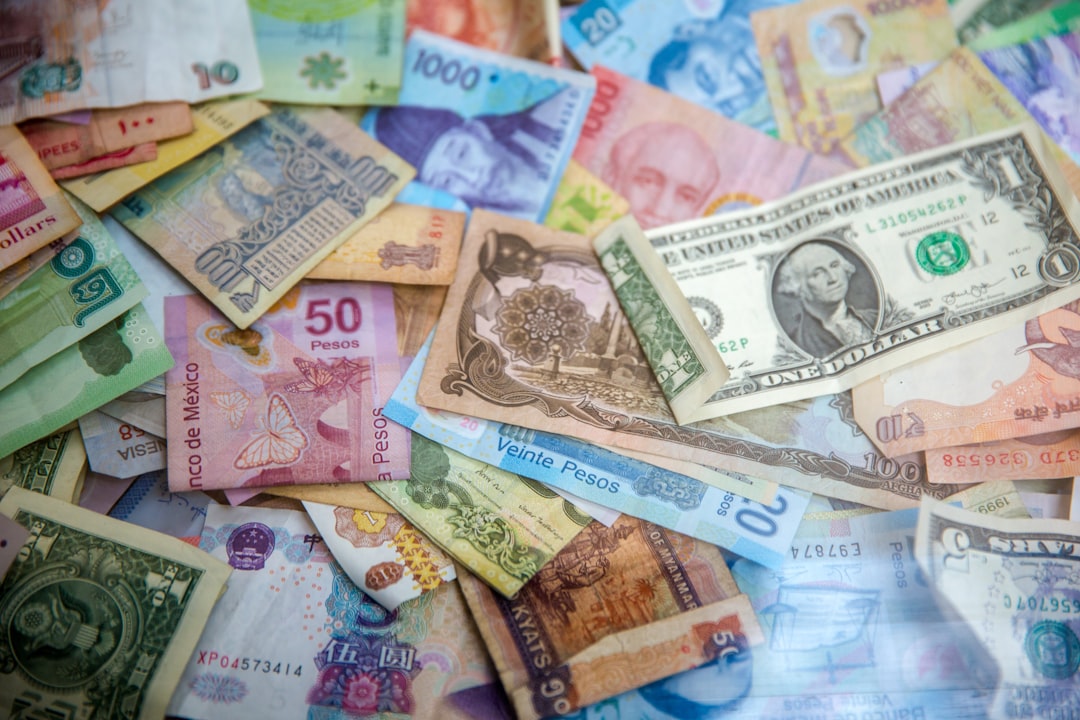
Economic crises often weaken domestic currencies as governments print money and implement stimulus policies to combat recession effects. The U.S. dollar faced significant pressure during periods of massive fiscal spending, though it retained relative strength compared to other major currencies in recent years. International diversification through foreign stocks, bonds, or currency ETFs can provide protection if the dollar weakens substantially during the next crisis. Switzerland, Norway, and other stable economies with strong currencies offer potential safe harbens for worried investors. However, foreign investments carry additional risks including political instability and currency fluctuations that can work against you if the dollar strengthens instead.
Monitor Economic Indicators and Adjust Strategies

The yield curve inversion, unemployment trends, and consumer confidence surveys provide early warning signals that help time defensive positioning before recessions fully develop. The Conference Board’s Leading Economic Index declined for eight consecutive months in 2023, signaling potential economic weakness ahead though recession timing remained uncertain. Housing starts, manufacturing data, and corporate earnings guidance offer additional clues about economic direction and recession probability. Staying informed about these indicators allows you to gradually shift your portfolio toward more defensive positions rather than making sudden changes based on market panic. Remember that economic cycles are normal and inevitable, but proper preparation can help you not just survive but potentially profit from the opportunities that crises often create.



